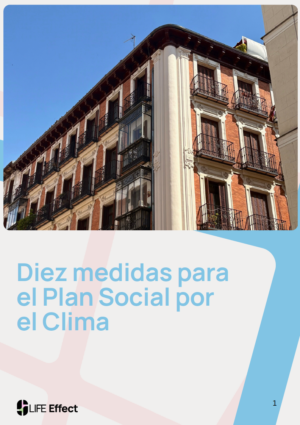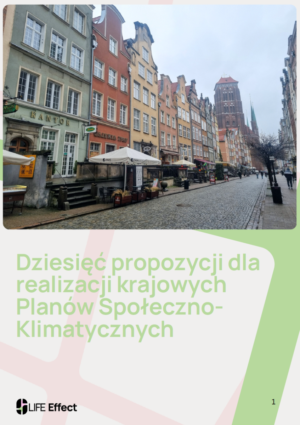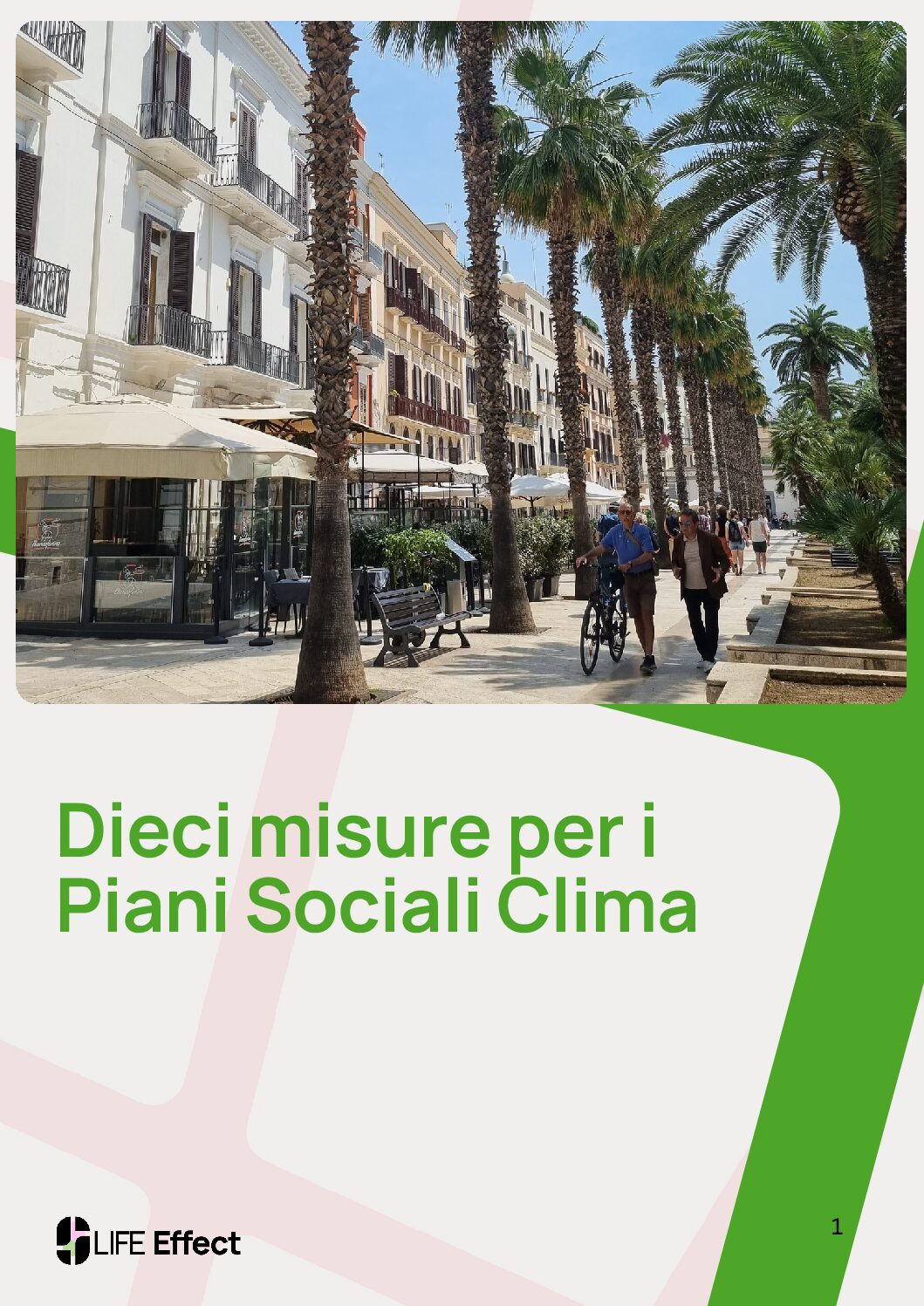
A Roadmap to Revitalise REACH
Since the Regulation concerning the Registration, Evaluation, Authorisation and Restriction of Chemicals (REACH) was approved in 2006, substantial progress in the management of chemical substances has been achieved in Europe. Although many substances of high concern are still produced and used in the EU, companies and other stakeholders now have a better knowledge of them and their risks, thereby improving risk management measures and increasing substitution.
Despite these advances, much more effort is needed to move towards a cleaner and greener production and use of chemicals and to achieve the commitment elucidated in the Seventh Environmental Action Programme (7EAP) of developing by 2018 an EU strategy for a non-toxic environment. One part of the REACH regulation vital to achieving these aims is the authorisation process, introduced to ensure the substitution of substances of very high concern (SVHC) by safer alternatives.
Authorisation recognises that our society does not want substances that are identified as being of very high concern; under REACH, only in exceptional circumstances, when a benefit for society is proved to outweigh the risks and there is no other possible alternative, may continued use of a SVHC be granted. Nevertheless, to date, all authorisations applied for have either been granted by the Commission or are recommended by ECHA to be granted—even applications that did not meet basic legal requirements such as demonstrating adequate control of the risks or that benefits outweighed the risks, and/or where safer alternatives are in fact already available in the market.
Authorisation shifts the burden of proof so that it is now the operator’s responsibility to demonstrate that dangerous sub- stances are either necessary for the benefit of society (and there are no alternatives) or are adequately controlled, if they aim to use, manufacture or import an SVHC (listed in Annex XIV). Even applications that did not meet basic legal requirements such as demonstrating adequate control of the risks or that benefits outweighed the risks, and/or where safer alternatives are in fact already available in the market. The European Commission stopped the inclusion of SVHC in Annex XIV in August 2014 and has focussed its efforts on “simplifying and streamlining” the applications for REACH authorisation process in line with its “better regulation” agenda. However, these efforts have led the process to become more burdensome and ineffective since they add new steps and demand duplicated information.
The committees of the European Chemical Agency (ECHA), which are responsible for overseeing the process, have been granting all authorisations by default, while the Commission is allowing the committees to develop important political and social opinions such as providing conclusions on the proportionality of an authorisation when the risk to society is not adequately controlled in the guise of technical arguments which the Commission simply then rubber-stamps.
The EEB has been following closely the process, actively participating in it as far as we have been allowed. This report offers a critical assessment on the implementation of the authorisation chapter in relation to its aims as established by the REACH Regulation and provides proposals to improve the process…






